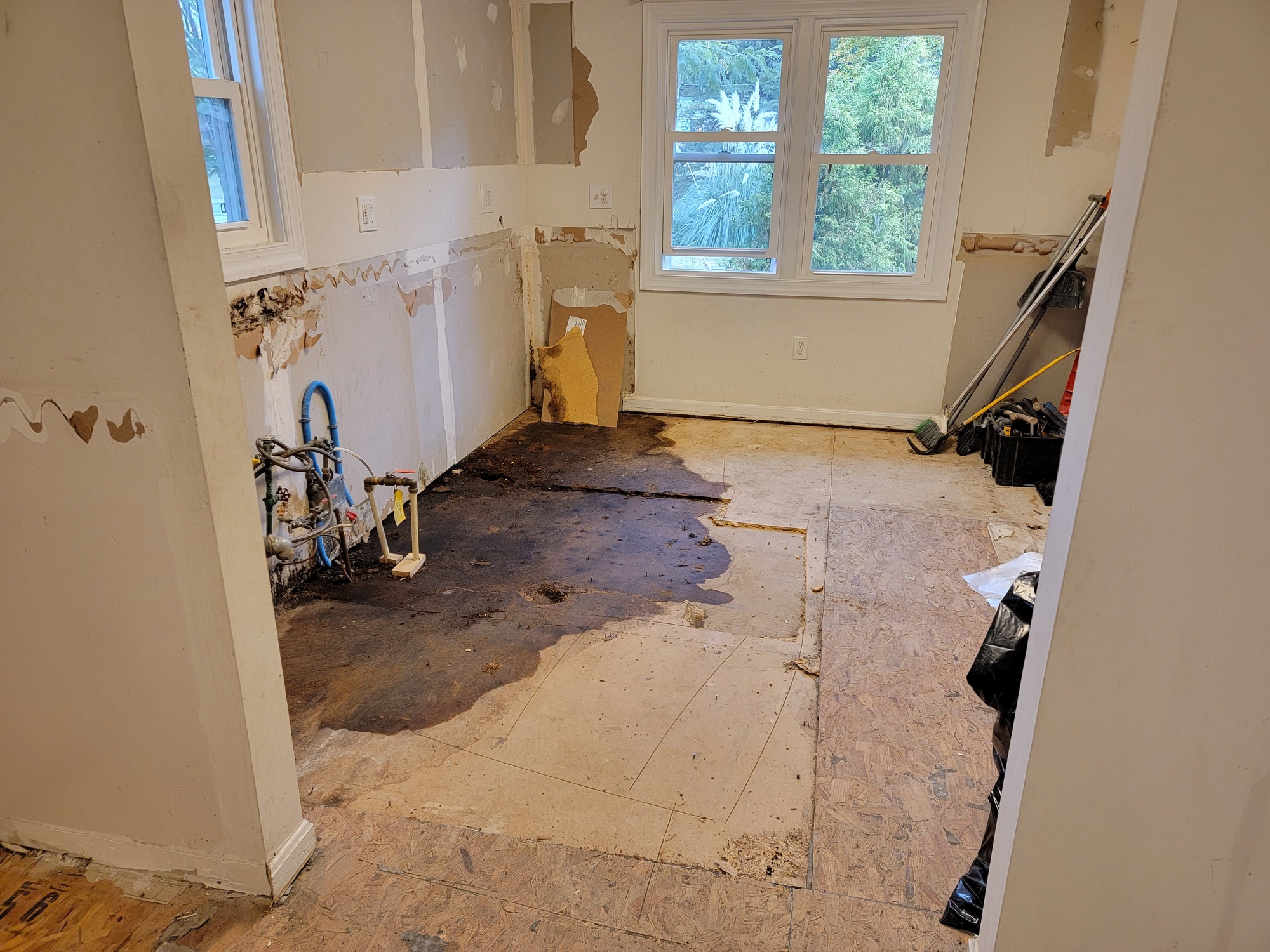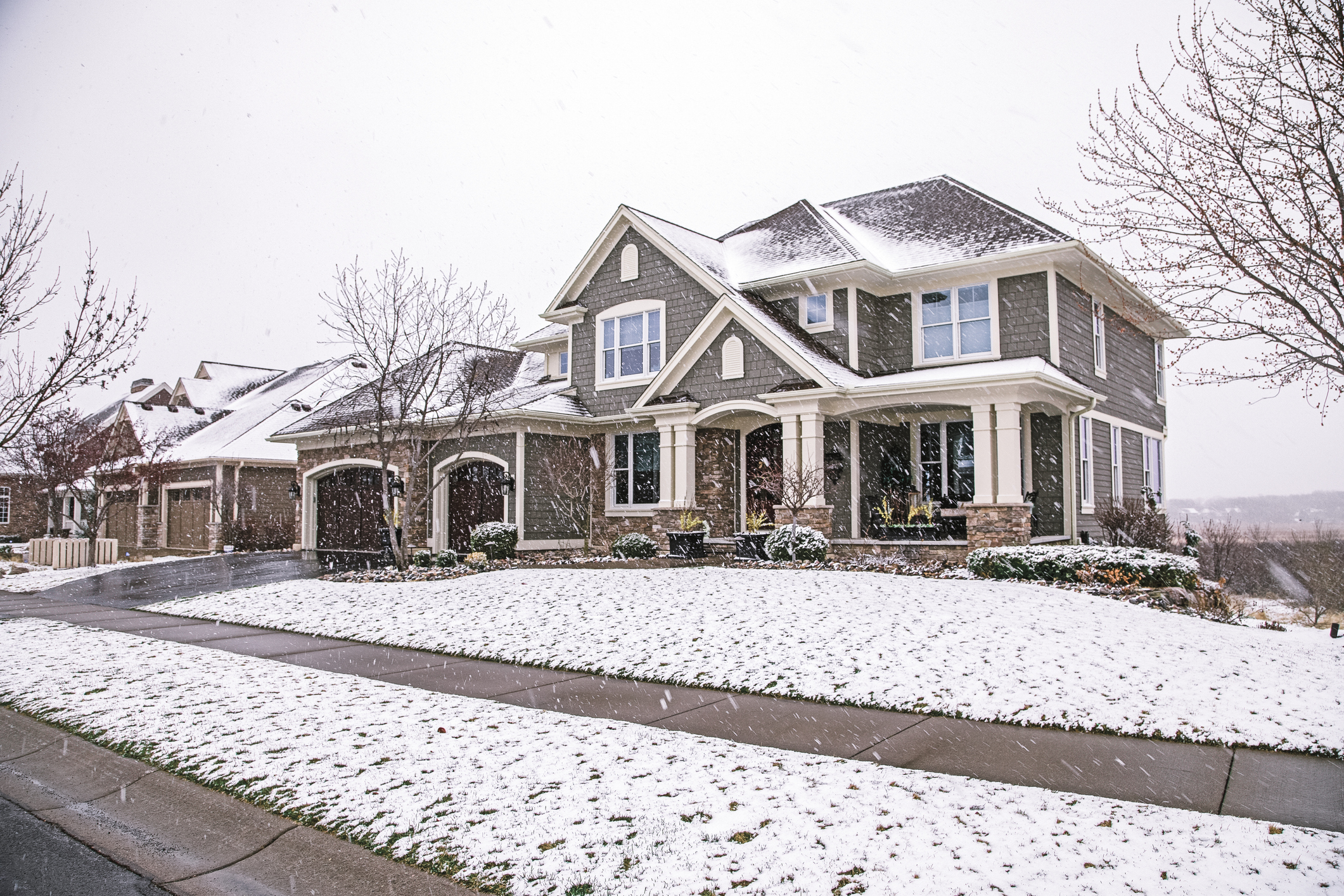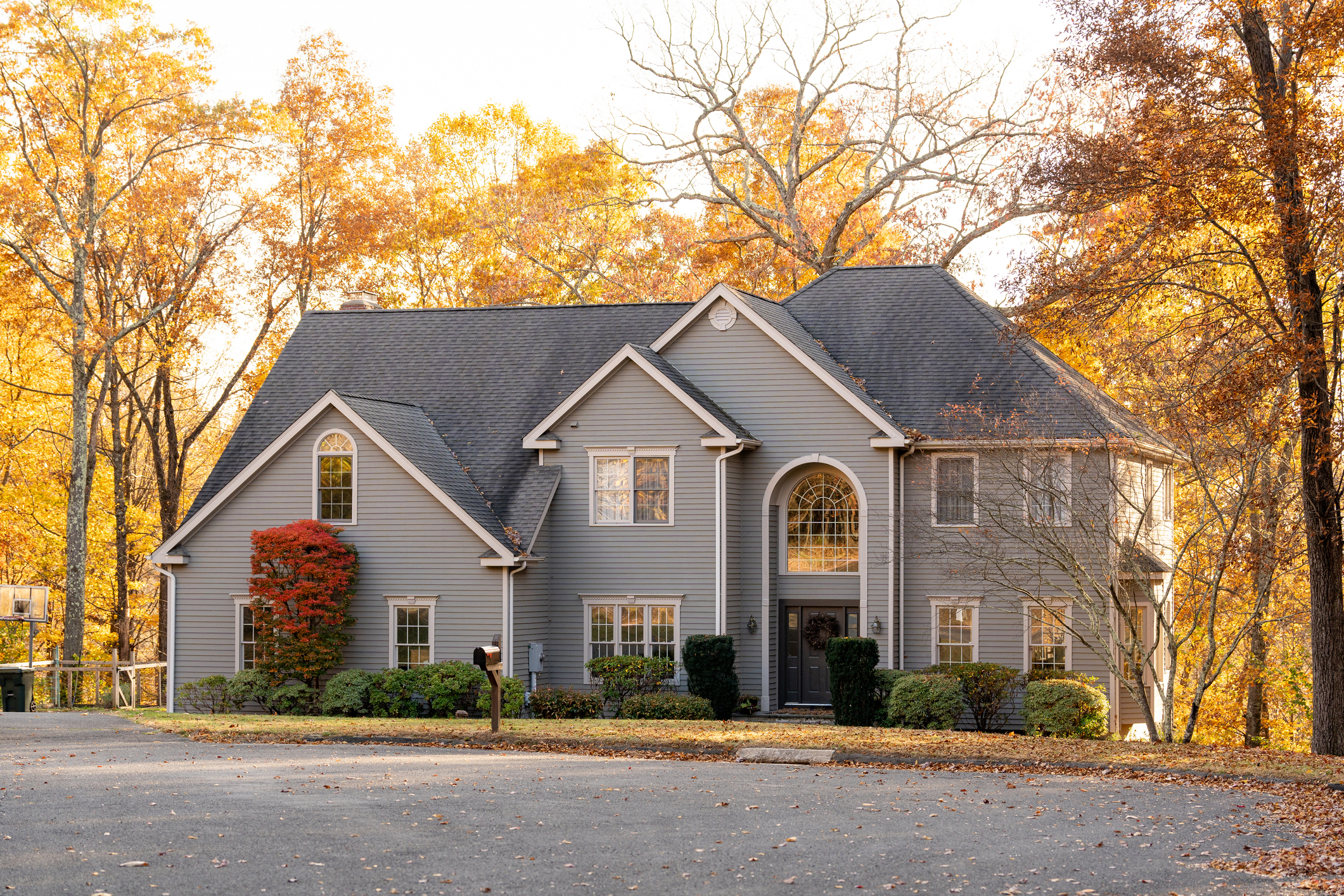When a house fire occurs, dealing with the aftermath can be overwhelming. Soot residue is one of the most challenging aspects to address, as it can spread quickly and cause extensive damage. Here are essential steps for effectively cleaning up soot and restoring your home.
Understanding the Impact of Soot
Soot is a fine black residue that results from incomplete combustion of organic matter during a fire. It consists of carbon particles and other chemicals, making it highly corrosive and capable of staining surfaces. Soot can penetrate porous materials such as walls, ceilings, furniture, and fabrics, leading to lingering odors and potential health hazards if not properly addressed.
Steps for Soot Cleanup and Restoration
- Assess the Damage: Begin by assessing the extent of the soot damage throughout your home. Take note of affected areas and items, including walls, ceilings, furniture, electronics, and personal belongings.
- Protect Yourself: Before initiating cleanup efforts, ensure your safety by wearing appropriate personal protective equipment, including gloves, goggles, and a mask to prevent inhalation of soot particles.
- Ventilate the Space: Open windows and doors to allow for ventilation and improve air circulation. Use fans and dehumidifiers to help expedite the drying process and minimize moisture buildup, which can exacerbate soot damage.
- Dry Clean Surfaces: Use dry cleaning methods such as vacuuming with a HEPA filter and dry sponging to remove loose soot particles from surfaces. Avoid using water or liquid cleaners initially, as they can smear the soot and cause further damage.
- Deep Clean with Proper Solutions: For stubborn soot stains, employ appropriate cleaning solutions recommended for fire damage restoration. Test cleaners on a small, inconspicuous area first to ensure compatibility with the affected surface.
- Consider Professional Assistance: In cases of extensive soot damage or if you’re unsure about proper cleanup techniques, seek assistance from certified fire damage restoration professionals. They have the expertise, equipment, and specialized techniques to safely and effectively mitigate soot damage.
- Address Lingering Odors: Soot residue can leave behind persistent odors even after cleanup. Utilize odor-neutralizing agents such as activated charcoal, baking soda, or commercial odor eliminators to eliminate lingering smells and improve indoor air quality.
 Reclaiming Your Home After a Fire
Reclaiming Your Home After a Fire
Dealing with soot damage after a house fire requires patience, diligence, and proper techniques. By following these essential steps for soot cleanup and restoration, you can effectively reclaim your home and begin the process of rebuilding and recovery. If you need professional assistance with fire damage restoration, contact reputable restoration experts like [Company Name] to help restore your home to its pre-fire condition.



 Reclaiming Your Home After a Fire
Reclaiming Your Home After a Fire

